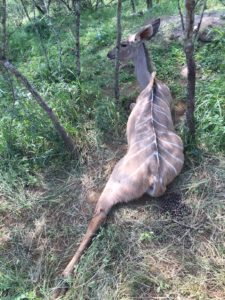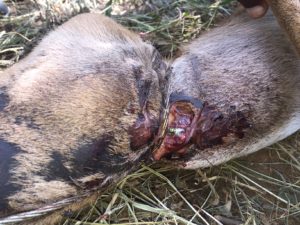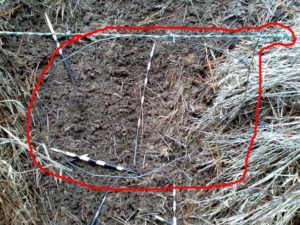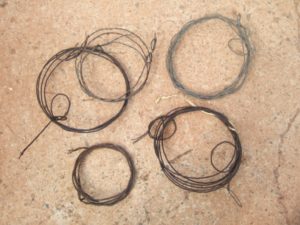Poachers, in whatever form they may come, is among the greatest threat to our wildlife species. According to Animal Rights Africa, “the illegal killing of wild animals for meat, the so-called use and trade of ‘bushmeat’, is believed to be one of the greatest direct causes of the decline of wild animals in Africa. The increasing demand for bushmeat is also driving high rates of poaching. According to a CITES (Convention on Trade in Endangered Species of Flora and Fauna) resolution, poaching and illicit trade in bushmeat constitute the greatest threat to the survival of wildlife species.”
There are two types of poachers, the commercial poacher and the subsistence poacher (Evidently there seems to be a third type of poacher, the ‘Gambling Poacher’ but this is a story for another day). Both these types of poachers are cunning, bush wise and potentially dangerous. Commercial poachers are the guys killing animals to sell animal products to a market: Be it Ivory, meat, skins, tusks, horns or for the ‘muti’ market. Commercial poachers will kill at any opportunity, as the more he kills, the more money he makes. The subsistence poacher is someone who poaches for meat in order to survive. Both these types of poachers are evident in our area and they both have their preferred methods of obtaining their catch, but one method they both use in abundance is the snare!
Daily animals are caught in snares in Africa, endangered and threatened species are not spared from the poachers’ traps. They don’t use tranquilizer darts, hunting rifles or military issue fire power. They don’t make the news like the rhino and elephant poachers do. However, these low key, every day poachers are a huge threat to the survival of many wildlife species.

Kudu Cow caught in Cable Snare
One morning in April while out working in the field, staff heard the sounds of a trapped animal. On investigation we found a Kudu cow that had been snared by a cable snare. The cable snare had pulled tight around her ankle and the other end was tied to a loose lying tree. We estimated that she had been in the snare for about 2 to 3 days. She had pulled this tree for about 300m in her attempt of escaping, before the tree wedged itself firmly among some rocks. The cable had cut deep into her leg and unfortunately broken the bone clean off during her struggle, so we were left with no option but to put her down.
-

Cable snare around the ankle
- These simple wire or cable snares fashioned into a noose is one of Africa’s most deadly poaching methods used by poachers. They are very cruel, and animals die slow and agonizing deaths. These wire cables are often placed along fences, especially at migrating points. Another favorite spot is on well – used game paths, as was the case with this Kudu. Poachers will channel animals into walking into snares by using natural vegetation or packing brush in such a way as to force animals to take a certain route. When snares are set in the natural environment they are very difficult to spot and are deadly effective. The poacher will also very rarely just place one or two snare. They will go out and place many at a time to maximize their probability of success. The most snares I’ve seen in one area was 45 snares in about half a hectare of space. This can be devastating to wildlife species. Unless the snare is successful it will remain there, sometimes for years before an animal falls victim to it.
-

Porcupine Snare set in fence
With active patrols and block sweeps we can try and locate as many of these snares as possible as well as pick up on any intruders coming through to set more. There are many teams in Africa, working relentlessly to get to these snares first, to stop the poachers and to save our Wildlife and for that we should all be very grateful!
-

Wire Snares that have been removed
